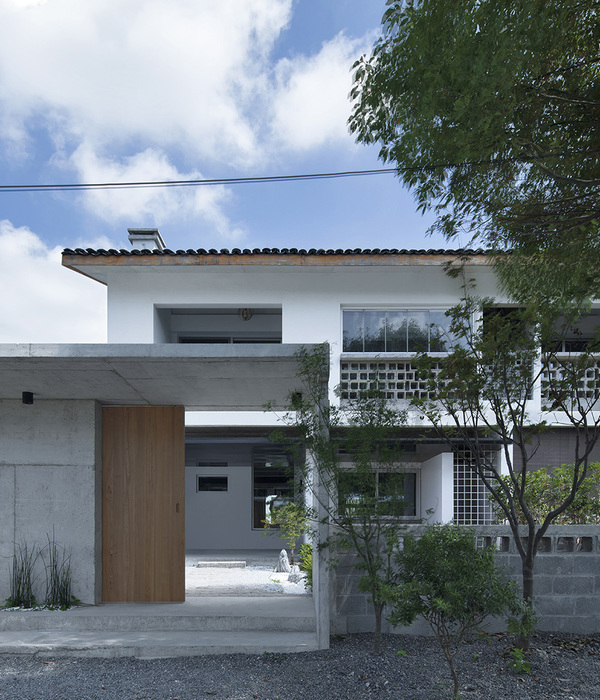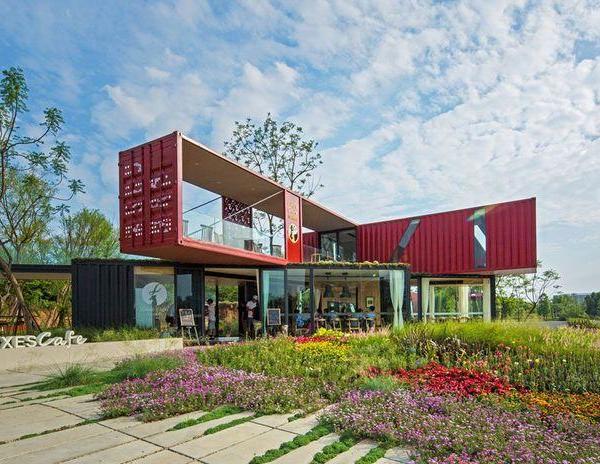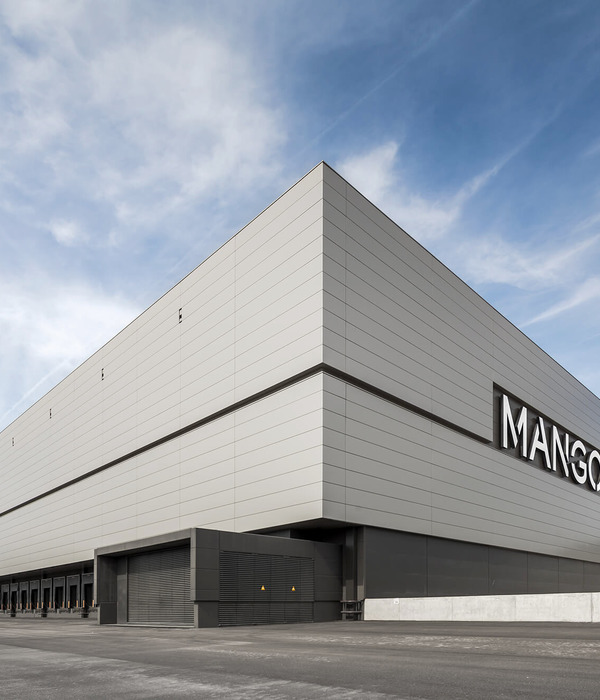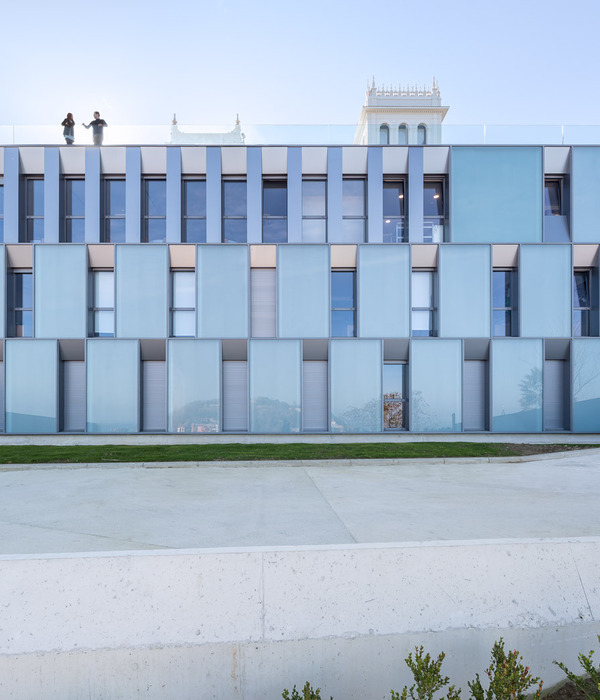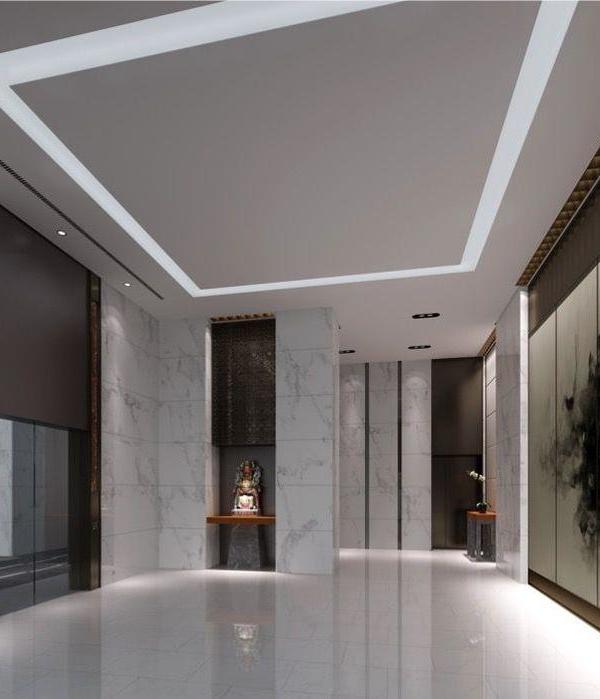Photography by Zeynep Yılmaztürk.
Theodosius Cistern was built during the reign of Roman Emperor Theodosius II between 428-443, almost 1600 years ago. The goal was to store water from the Valens Aquaduct. The cistern settles on an area of around 45 meters by 25 meters. The roof is supported by 32 marble columns, which were brought from Marmara Island (ancient Prokonnessos) specially for the construction of the cistern. This special treatment brings along the question of if the cistern was a substructure of a palace, but there is no other solid evidence to prove it. During the restoration process – primarily - all the dirt and soot are cleaned, and the excess amount of water inside is removed. Afterwards all 32 columns are strengthened by steel ring to avoid any further damages, and steel tie rods are placed to give a structural support to the cistern. There is no wall or floor strengthening. After the structural strengthening phase, architectural completion takes place. Missing parts of the domes are completed with similar but distinguishable materials. The missing bricks on the wall are completed again with similar material but 5cm inside to indicate that they are added later. Cracks on the walls are filled with hydraulic lime mortar and the capillary cracks in the marble columns are filled by epoxy injection. All these interventions are totally visible on purpose to give visitors the feeling of discovering the layers. Before opening the cistern to visitors some additions are made to make the visit easier. An elevator is placed to the entrance, and a self-standing wooden platform is placed on floor to provide a safe and easy path on water for visitors to walk and experience the cistern.
{{item.text_origin}}


